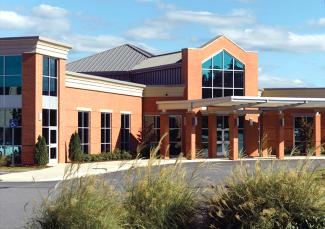Surgery vs. Less Invasive Procedures
The difference between having surgery and a less invasive (endovascular) procedure is your doctor's approach. Surgery requires an incision. Less invasive procedures do not require large incisions. Your surgeon uses small incisions and works through thin, flexible tubes (catheters) and tiny surgical instruments to reach the areas that need treatment. These procedures are safe and can lead to less pain and scarring, a quicker recovery and a lower risk of complications than traditional surgery.
Talk to your doctor about whether you’re a good candidate for a less invasive treatment for your condition.
Treating Vascular Disease
Vascular surgeons treat diseases affecting your blood vessels through various minimally invasive vascular procedures.
You can get treatments for spider veins, sclerotherapy, and advanced care for clogged carotid arteries, transcarotid artery revascularization (TCAR).
Treatments for Clogged Arteries
Over time, calcium and plaque (fat) can build up in your arteries, slowing blood flow to your limbs and major organs. Treatment can reduce pain and prevent serious injuries, like a stroke. AnMed vascular surgeons are skilled in several approaches to opening up narrowed arteries and restoring your health.
